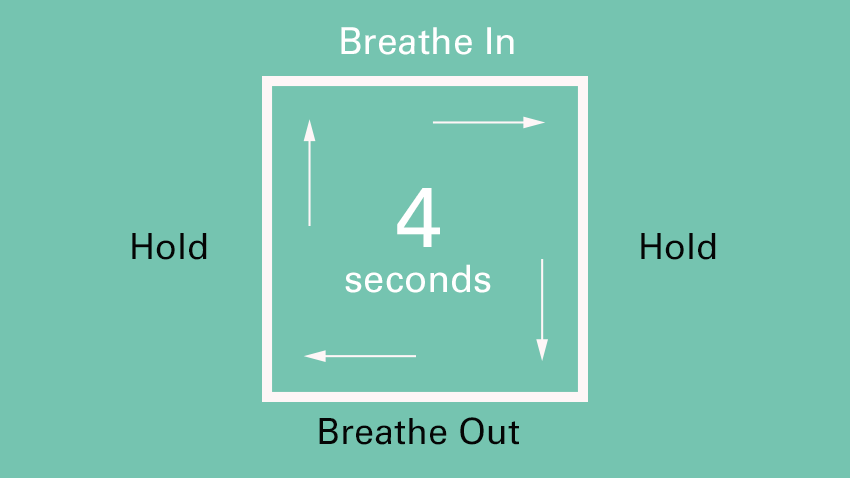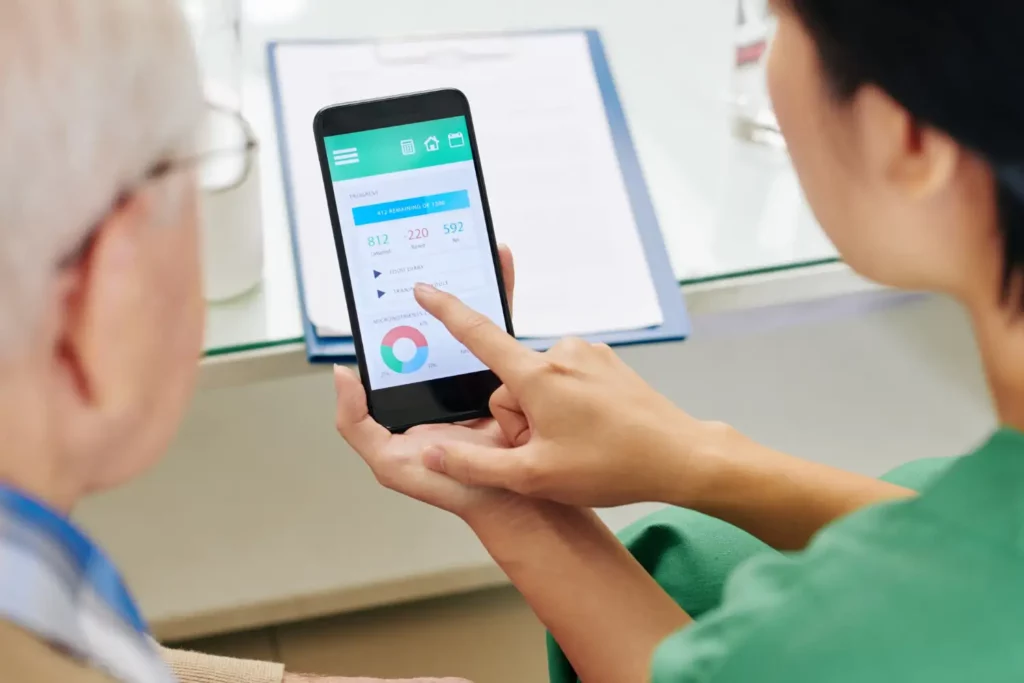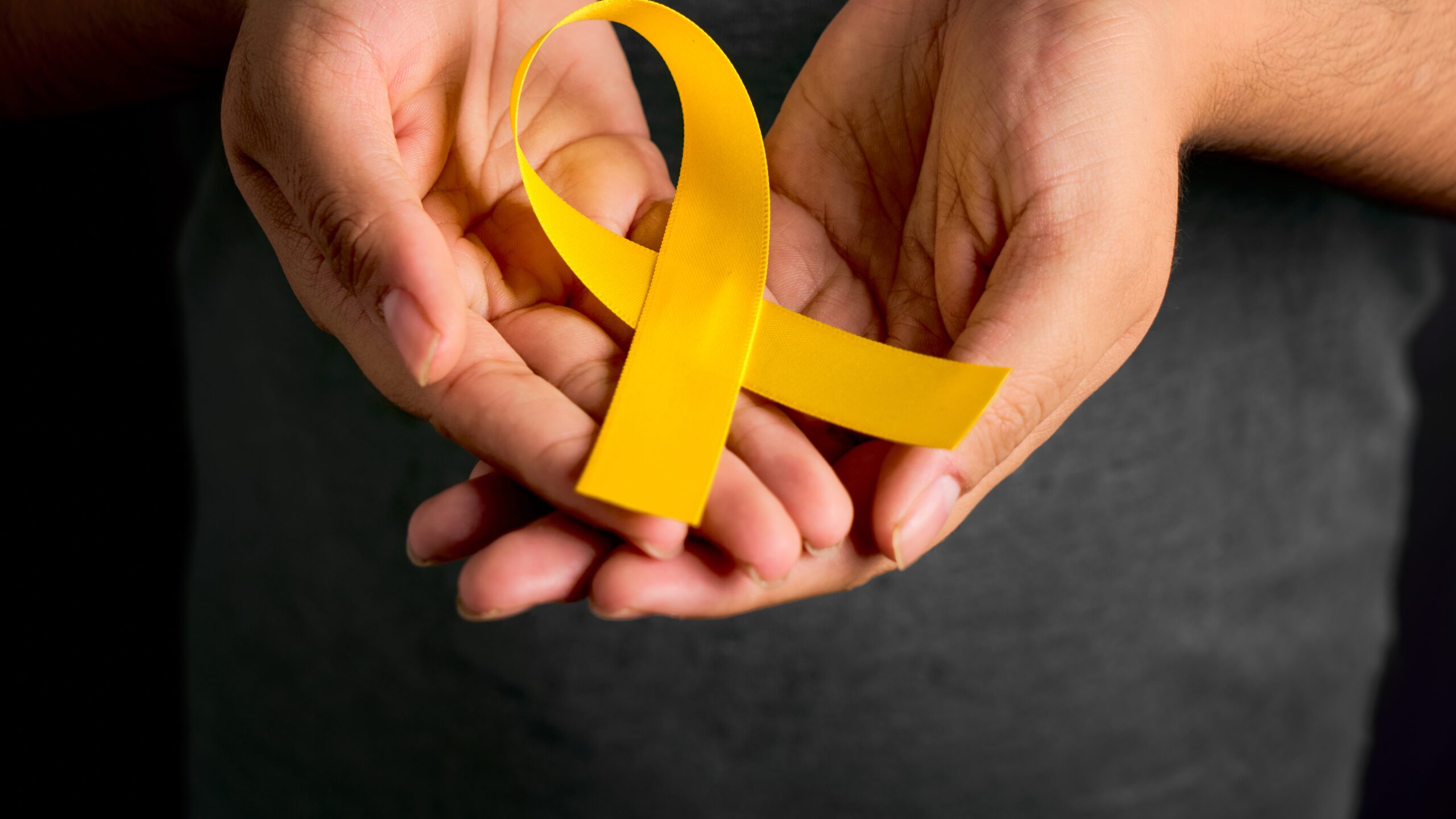Your monthly guide for self-care, advocacy, and clarity
At MeaeCare, we believe caregiving is one of the most compassionate and selfless roles a person can take on — but it’s also one of the most demanding. Whether you’re helping a parent, a spouse, or a close friend, it’s easy to become so focused on someone else’s needs that you forget your own. This monthly blog is dedicated to you — the caregiver.
So pour yourself a cup of tea, take a breath, and let us walk with you through practical tools, emotional support, and resources to help you care not only for your loved one, but also for yourself.
Take a Deep Breath

Ever let out a big sigh and suddenly realize you’ve been holding your breath? That moment of release is your body’s quiet cry for help — a sign of stress, anxiety, or fatigue that you may not even realize you’re carrying.
When we’re under pressure, the sympathetic nervous system — also known as the “fight or flight” system — takes over. Our breathing becomes shallow or pauses entirely, our heart rate increases, and our muscles tense up. This can cause long-term strain on our body and mind, especially when we’re in a constant state of alert, as caregivers often are.
The good news? Breath is one of the few automatic functions we can consciously control — and doing so can directly activate the parasympathetic nervous system, also called the “rest and digest” system. This shift brings your body back into a state of balance and calm.
You don’t need fancy tools or a yoga mat — just a few minutes each morning and night can help. Try these gentle, research-supported breathing techniques to center your mind and soothe your body.
Breathing Techniques to Try

Box Breathing (aka Four-Square Breathing)
Used by everyone from nurses to Navy SEALs, this structured method is excellent for calming the mind and improving focus.
- Inhale slowly through your nose for 4 seconds
- Hold your breath for 4 seconds
- Exhale gently through your mouth for 4 seconds
- Hold again for 4 seconds
- Repeat for at least 4 cycles
This technique helps lower blood pressure and stabilize the nervous system during moments of stress.
Alternate Nostril Breathing (Nadi Shodhana)
Rooted in yogic tradition, this method balances the brain’s hemispheres and calms the mind.
- Sit comfortably and use your thumb to gently close your right nostril
- Inhale through your left nostril for 4 seconds
- Close both nostrils and hold the breath for 7 seconds
- Open your right nostril and exhale for 8 seconds
- Inhale through the right nostril, hold, and then exhale through the left — repeat for 5–10 cycles
This practice is especially helpful for reducing anxiety and preparing for sleep.
Resonant Breathing (Coherent Breathing)
This method aligns your breath with your heart rate for a deep sense of inner calm.
- Inhale through your nose for 6 seconds
- Exhale through your mouth (or nose) for 6 seconds
- Continue for 5–10 minutes
Studies show that this breathing rhythm can reduce symptoms of depression, anxiety, and insomnia.
Diaphragmatic Breathing (Belly Breathing)
This technique engages your diaphragm, encouraging full oxygen exchange and slower breathing.
- Lie down or sit with your back supported
- Place one hand on your chest and one on your belly
- Inhale deeply through your nose, letting your belly rise while your chest stays still
- Exhale through your mouth slowly, feeling your belly fall
- Practice for 5–10 minutes daily
Great for digestion, relaxation, and building emotional resilience.
Stay Organized: One Portal to Rule Them All

Caregiving often means juggling an overwhelming amount of information — doctors’ appointments, prescriptions, test results, and emergency contacts. One powerful (and often overlooked) tool? Your loved one’s hospital or medical system’s patient portal.
If your loved one’s care team operates under the same hospital system, their digital patient portal can become your best ally. Most platforms (such as MyChart, MyCS-Link, and others) allow you to:
- Schedule appointments
- Send messages to providers
- Access lab results
- Review medication lists
- Upload documents and reports
- View and download full medical histories
- Connect with health apps and devices like Apple Health, Google Fit, or Fitbit
Pro tip: Download the portal’s app to your phone and enable notifications so you’re never caught off guard and always have the information at your fingertips.
Legal Tip:
Becoming a Healthcare Proxy
One of the most important — and often delayed — steps in caregiving is ensuring you can legally speak for your loved one if they’re unable to do so. That’s where a healthcare proxy (or medical power of attorney) comes in.
A healthcare proxy is a legal document that allows someone to make medical decisions on behalf of another person when they are unable to. This includes decisions about treatment plans, end-of-life care, and access to medical records.
Here’s what you need to know:
- Medicare requires written consent before sharing personal health info with anyone, including family.
- You can fill out Medicare’s official Authorization to Disclose Personal Health Information form or use the online Medicare account to designate a representative.
- Verbal permission via phone is allowed. If your loved one is present and able, they can give oral authorization during a phone call with Medicare. This grants you temporary access to discuss their case or get information during that call. However, this permission is not permanent and only applies to the duration of that specific conversation.
- .Each state has its own legal requirements. Healthcare proxy laws and forms vary state by state, so it’s important to complete the correct form for your loved one’s primary state of residence. If they spend significant time in another state (such as for seasonal living, treatment, or visiting children), it’s wise to consult an attorney or local legal aid to ensure the proxy is recognized across state lines. Some states have reciprocity, while others may require additional documentation.
- Multiple adult children in different states? If siblings are involved in care decisions from different states, it’s best to clearly identify one primary healthcare proxy to prevent confusion or conflict in urgent situations. A backup proxy can also be named in case the first person is unavailable.
- Medicare proxy access typically expires after one year. If you’ve filled out a Medicare-specific authorization, be aware that it’s temporary. A durable healthcare proxy through your state is strongly recommended and remains valid until your loved one changes or revokes it.
- Online access to medical portals can often be granted separately by your loved one. Be sure to set up proxy access through their hospital or provider portal while they’re well enough to approve it.
Before You Go
Being a caregiver is a journey of love, patience, and resilience — but it’s not one you have to walk alone. Whether it’s learning to breathe again, organizing information in one place, or getting the legal tools in place to support your loved one, we hope this blog becomes your monthly touchstone.
Take a breath. Take a break. You’re doing amazing work — and MeaeCare is here to support you every step of the way.


